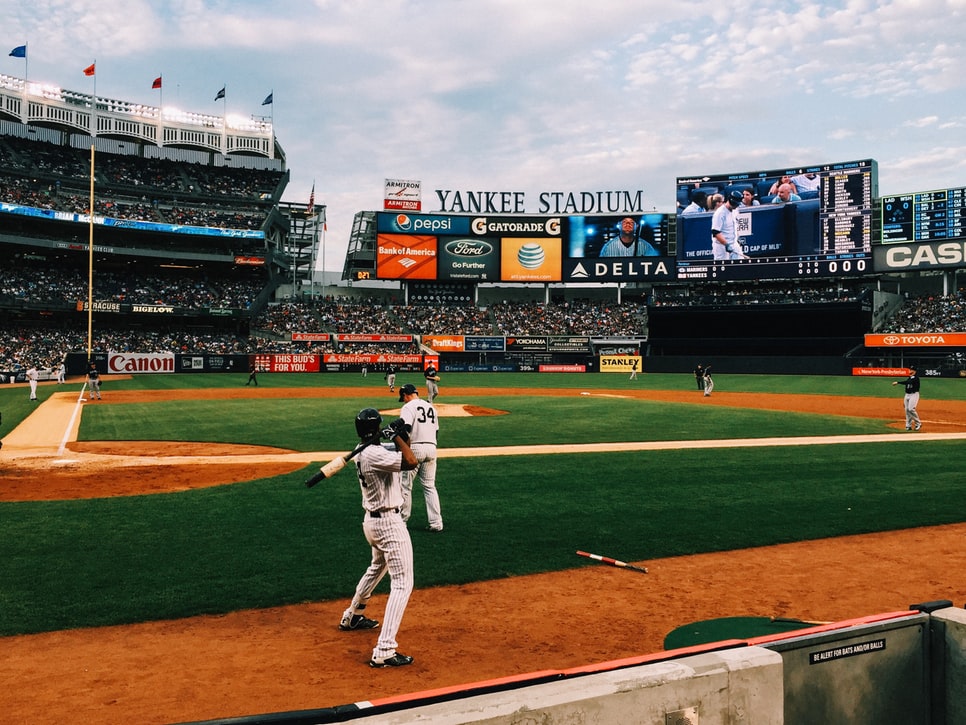
15 Jun What Causes Tommy John Injuries?
How Can A Sports Orthopedic Surgeon on the Upper East Side Help You?
Tommy John surgery, also known as ulnar collateral ligament reconstruction (UCL), is a procedure done to help treat an injured elbow ligament. Some background about the name, this procedure was titled after former Los Angeles Dodgers pitcher Tommy John, who was the first patient to ever undergo this type of surgery back in 1974. Tommy John injuries not only occur in baseball player’s but have been linked to many other athletes, especially in sports/positions that require throwing. If you have been searching for a sports orthopedic surgeon on the Upper East Side, then contact us at New York Sports Medicine Institute. We are dedicated to providing the highest quality orthopedic and sports medicine care possible. Learn more about what causes Tommy John injuries and how they can be treated.
How Do Tommy John Injuries Develop?
The ulnar collateral ligament is located on the inner part of the elbow and it is responsible for connecting the upper part of the arm, known as the humerus, and the ulna bone in the forearm. Commonly, Tommy John injuries develop from repetitive motions that place great stress on the UCL. That is why certain sports, such as baseball, that include these types of repetitive throwing and twisting motions can cause Tommy John injuries to occur. Specifically, pitchers tend to be the ones who suffer this injury most frequently. Although New York Yankees Shortstop Didi Gregorius also underwent the procedure this past offseason.
Over time, these movements can cause tiny or large tears to form in the UCL. Eventually, as the ligament stretches out, it can no longer keep the two bones tightly connected, causing the injury to get much worse.
What Are Some of the Symptoms?
Looking out for the signs and symptoms is key when dealing with a Tommy John injury. Specifically for those who play sports such as baseball, tennis, gymnastics, softball, football, wrestling, and javelin throwing, it’s crucial that you look out for these types of symptoms:
- Pain inside of the elbow.
- A feeling of looseness or instability in the elbow.
- Decreased ability to throw or perform normal ranges of motions.
- Irritation with the “funny bone” also known as the ulnar nerve which usually causes a tingling or numbing sensation in the pinky or ring fingers.
- Increased stiffness when trying to fully straighten the arm.
- Swelling on the inside of the arm and/or the elbow region.
- Bruising formations over the injured site.
Although it is rare, some UCL injuries can even affect everyday activities, such as the following:
- Exercising.
- Driving.
- Lifting weights.
- Running.
Diagnosis
If you feel that you have any of the above-listed symptoms, it’s extremely important to see a doctor as soon as possible. By visiting a doctor, they can conduct a physical examination to diagnose whether you have a UCL injury or not. Some diagnostic tests that may be utilized can include both X-Rays and MRIs.
By detecting a UCL injury early on, you can help avoid surgery altogether. At New York Sports Medicine Institute, our sports orthopedic surgeon on the Upper East Side can help diagnose and provide you with the right treatment plans necessary to help correct your injury.
Treatment and Recovery
Treatments for Tommy John injuries vary depending on the severity of your injury. Typically, conservative and non-invasive treatment methods will be used first. These treatments consist of:
- Rest.
- Ice.
- Anti-inflammatory drugs that are nonsteroidal (NSAIDs).
If such methods aren’t providing any relief, the patient may be a candidate for Tommy John surgery. During this procedure, a tendon is taken from one place in the patient’s body, such as the wrist, forearm, knee, hip, toe, foot, or hamstring and is grafted to help reconstruct the elbow ligament. The surgeon will then drill holes into the ulna and humerus to weave the grafted tendon into. To reinforce the newly constructed UCL, your surgeon might utilize remaining parts from the original ligament to reattach the tendon. The rehabilitation portion after surgery typically takes about a year for most patients. It is said that nearly 85% of patients who have undergone Tommy John surgery have been able to resume their sport at or even above the level they were playing prior to surgery.
Contact Our Sports Orthopedic Surgeon on the Upper East Side
If you or someone you know has been dealing with the symptoms of a Tommy John injury and could be in need of surgery, contact us at New York Sports Medicine Institute. Our sports orthopedic surgeon on the Upper East Side wants to help you regain your strength and return to the field as soon as possible. Schedule an appointment with our highly experienced sports orthopedic surgeon on the Upper East Side today and see how we can help you!

